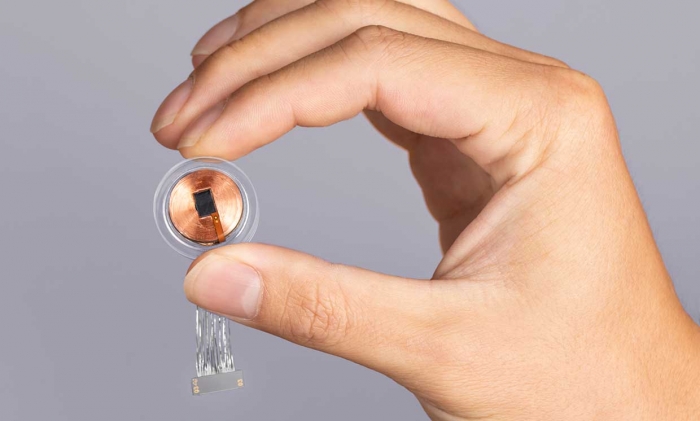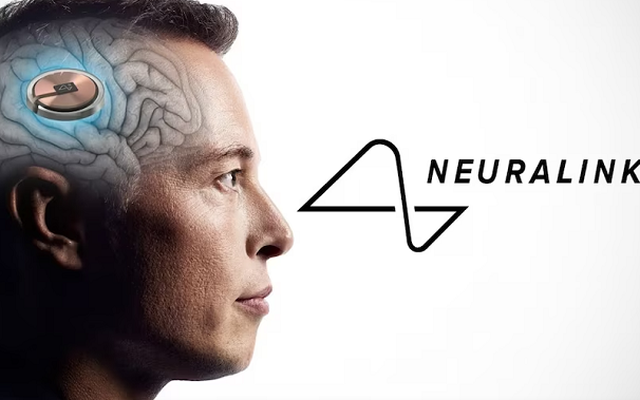Billionaire Elon Musk’s neurotechnology company is preparing to recruit volunteers for clinical trials of implanting a ‘brain-computer interface’ chip in humans.

In May, the world’s first test of implanting a chip into the human brain by the mental technology company Neuralink was approved by the US Food and Drug Administration (FDA).
Billionaire Elon Musk’s company recently officially announced that it had received approval from an independent review board to begin testing the first brain chip implant for paralyzed patients on September 19. /9. The Neuralink company is currently starting to recruit volunteers for human clinical trials.

This trial took place over about 6 years, and suitable subjects were patients paralyzed due to cervical spinal cord injury or amyotrophic lateral sclerosis. According to Neuralink’s announcement, participating volunteers will have a proprietary robot surgically implant a brain-computer interface chip into the area of the brain that controls movement.
The company hopes this device will help paralyzed patients control the keyboard or computer cursor with their thoughts. “The Link” neural implant is designed to decode and stimulate brain activity. The purpose of the above test is to test the safety and effectiveness of the brain-computer interface of the company Neuralink.

In case of successful testing, this technology will be revolutionized by the company in many diverse fields such as healthcare, communications and human-computer interaction, as well as other potential applications. . It can even help people with neurodegenerative disorders, like Parkinson’s or Alzheimer’s disease, improve cognitive abilities and promote new ways of processing information.
However, the timeframe for mass use in patients could be up to decades if Neuralink’s device is proven to be safe.

Besides billionaire Elon Musk’s company, rival company Paradromics is also seeking FDA approval to conduct clinical trials of brain implants on humans, or another company, Synchron, is also developing. in this industry.
The difference between the companies is that they create products that differ in size, weight and semiconductor performance as well as the surgical method to attach them to the human brain but have the same goal of bringing benefit the community in the future.






